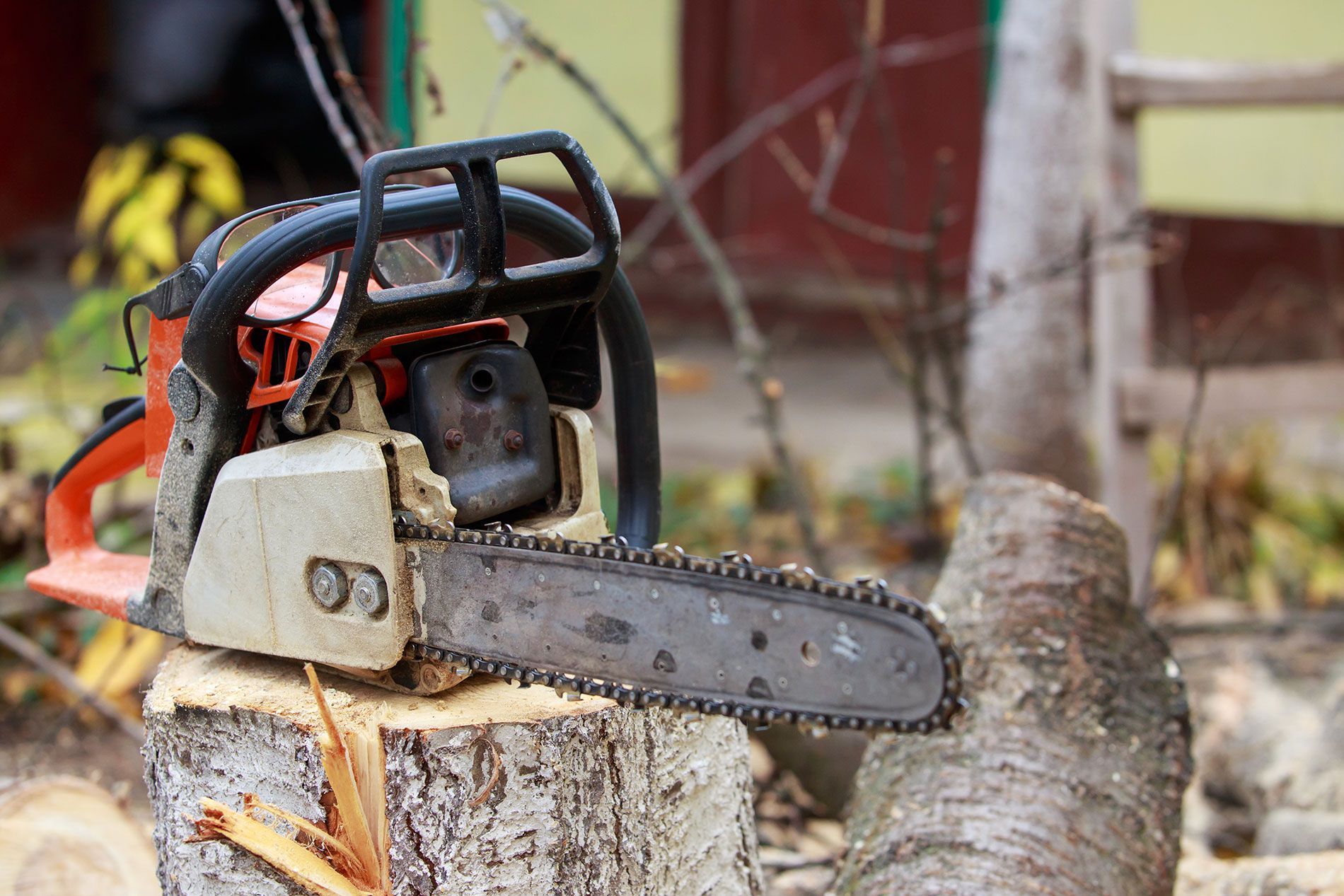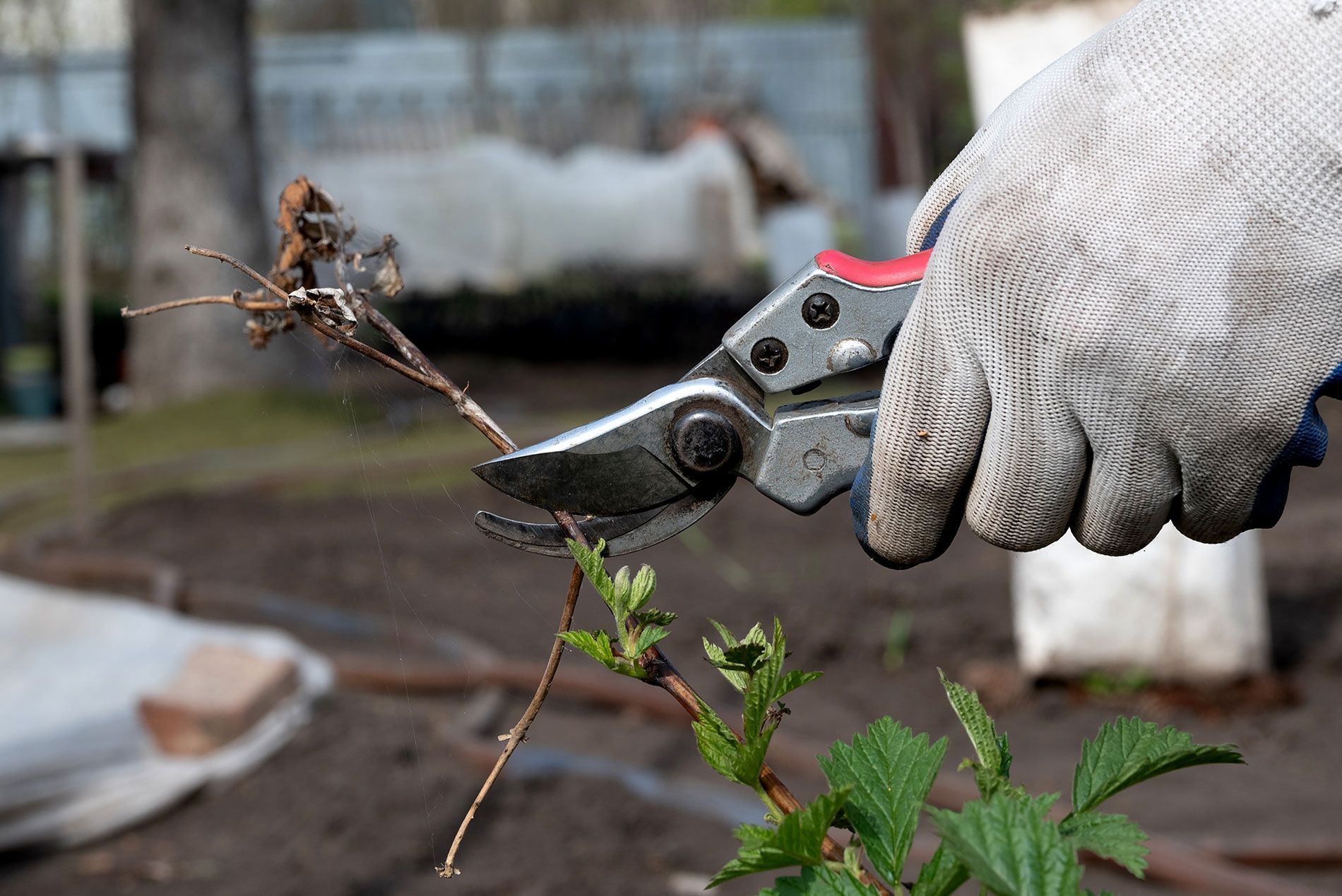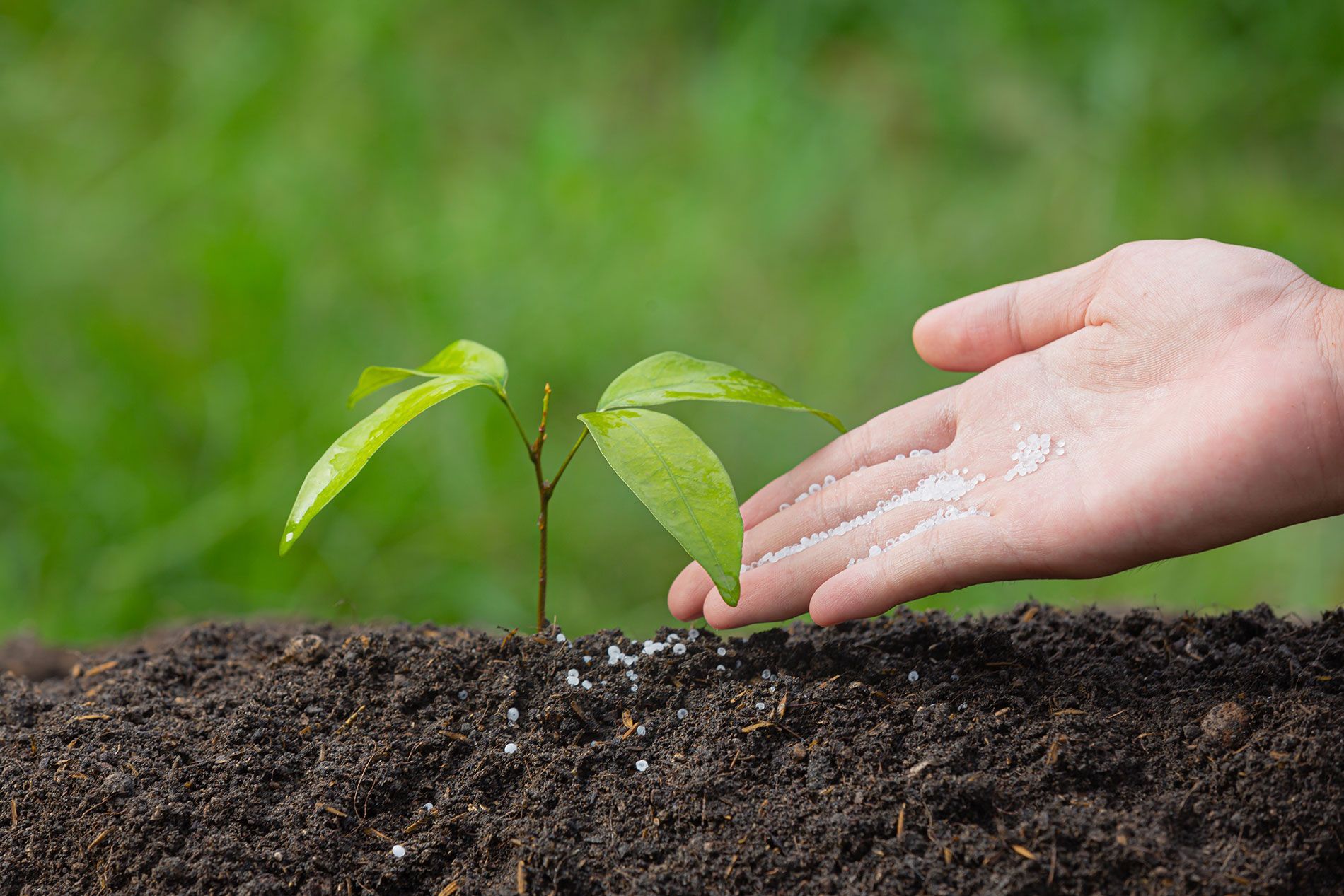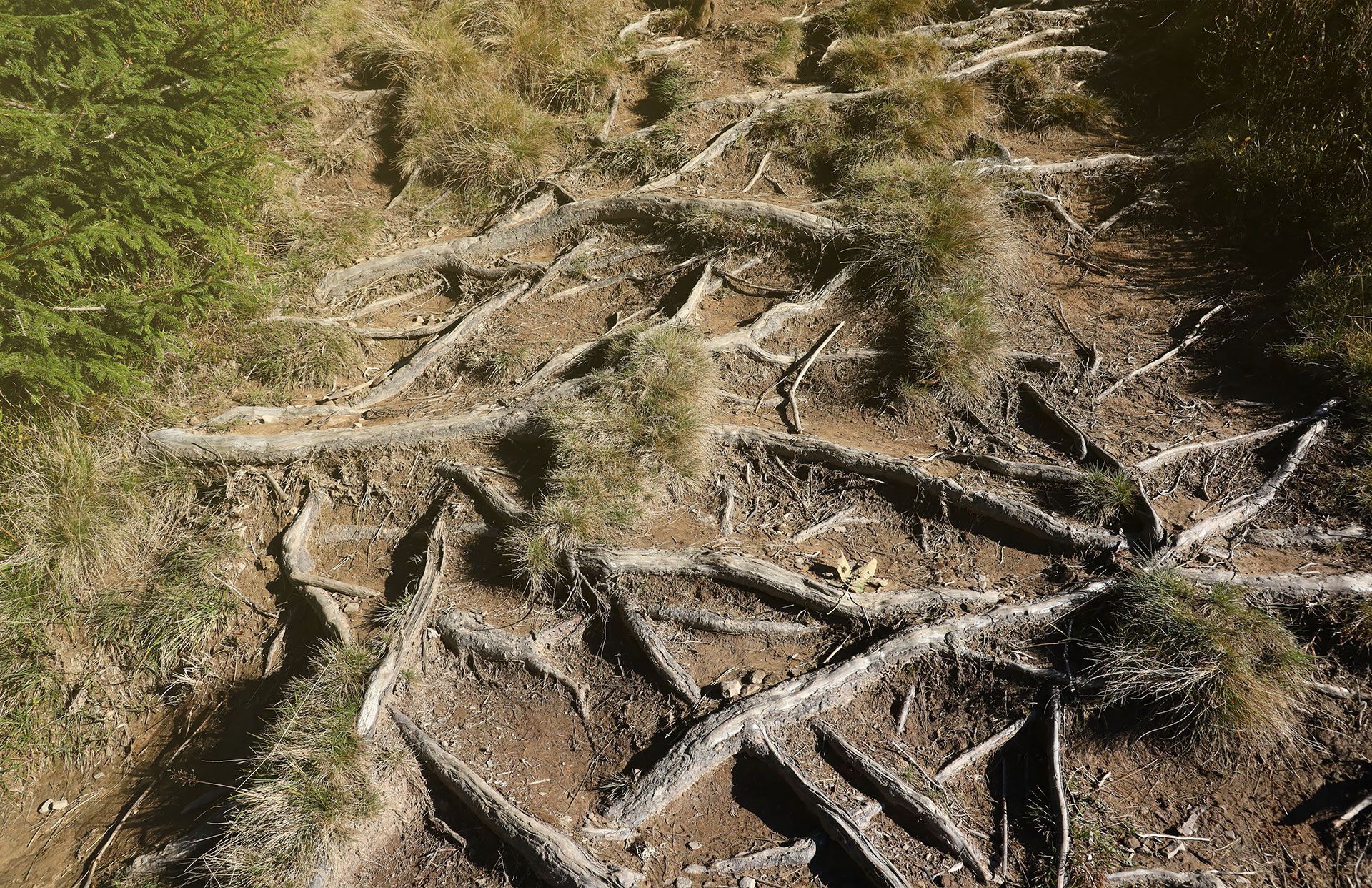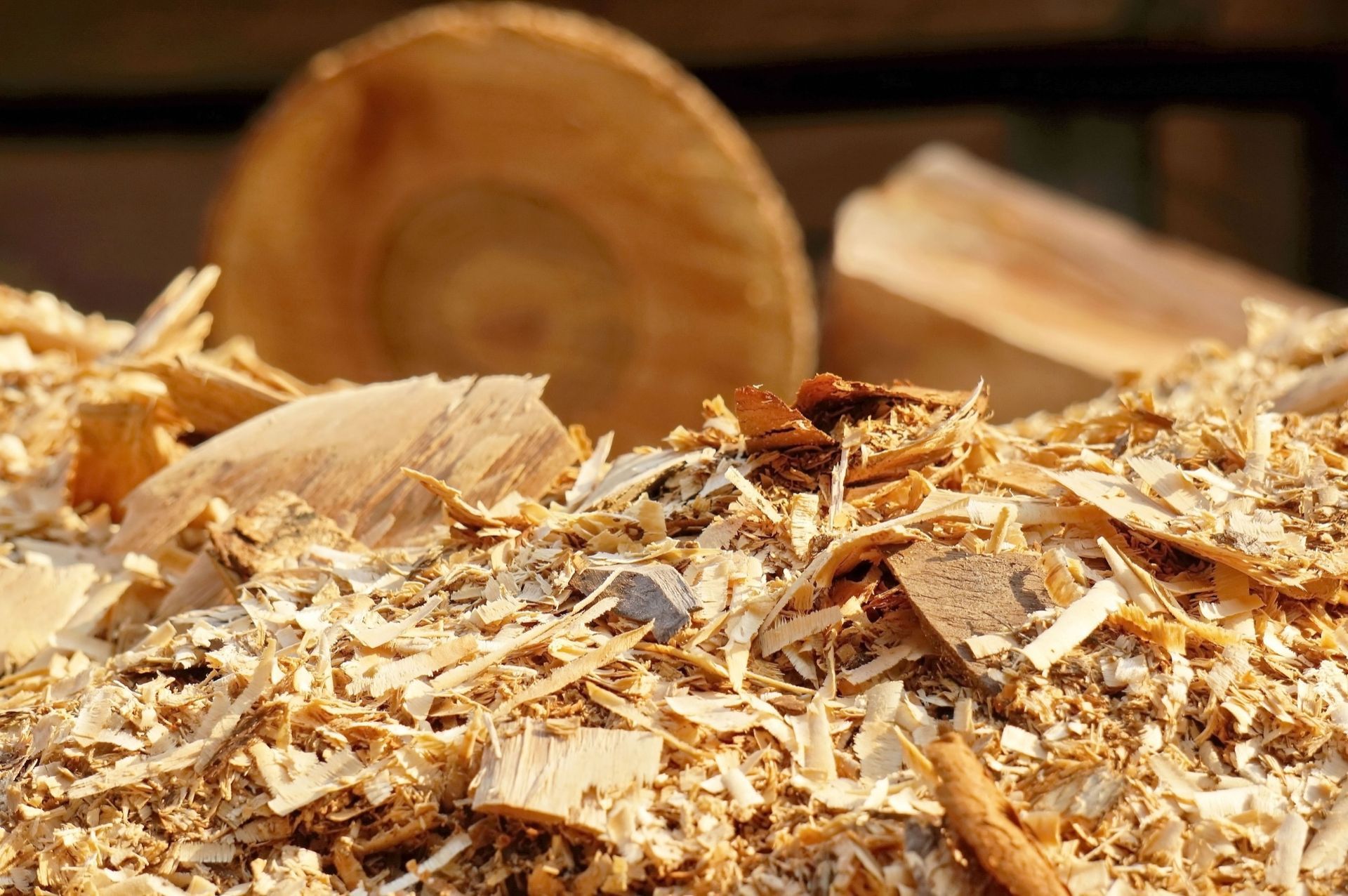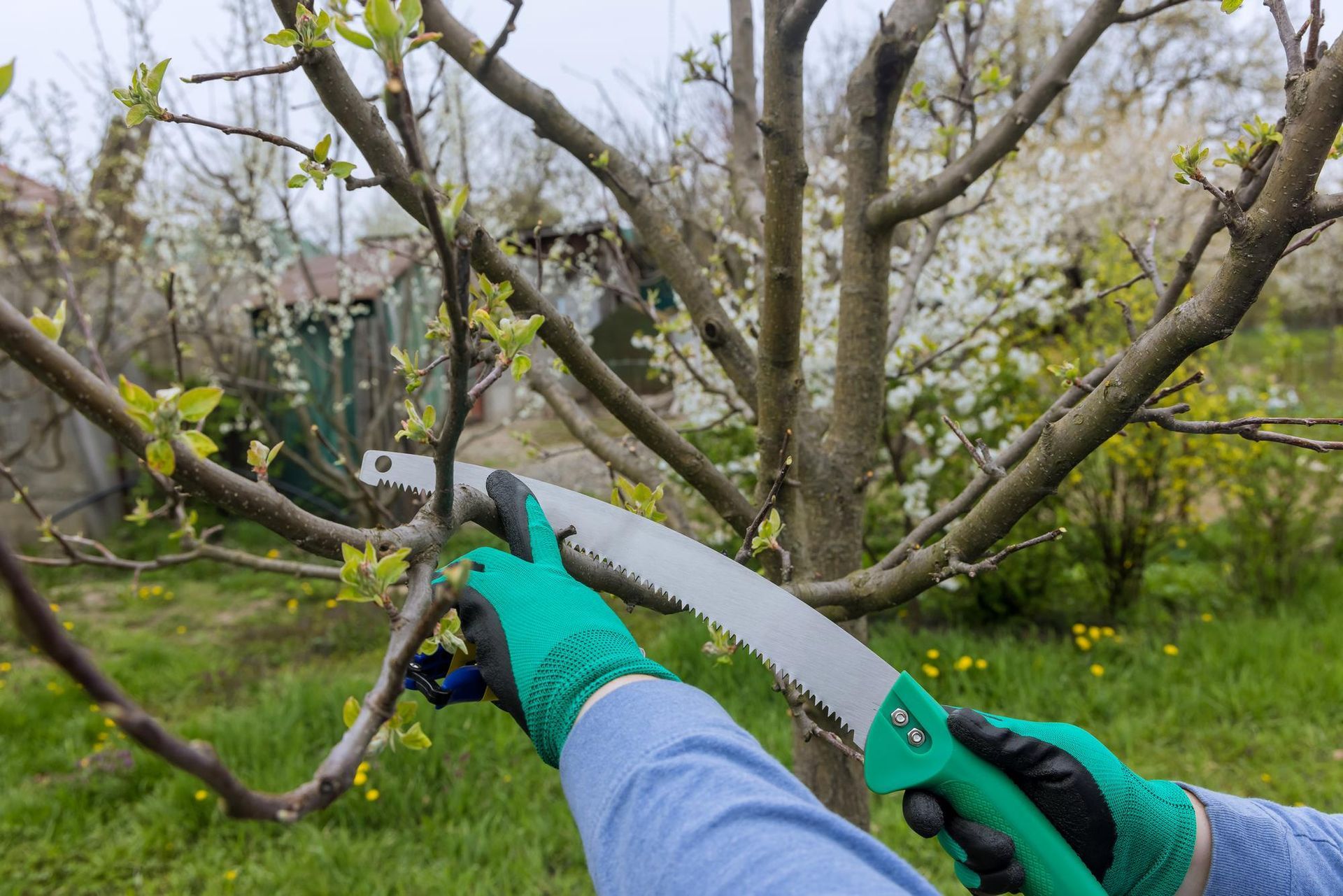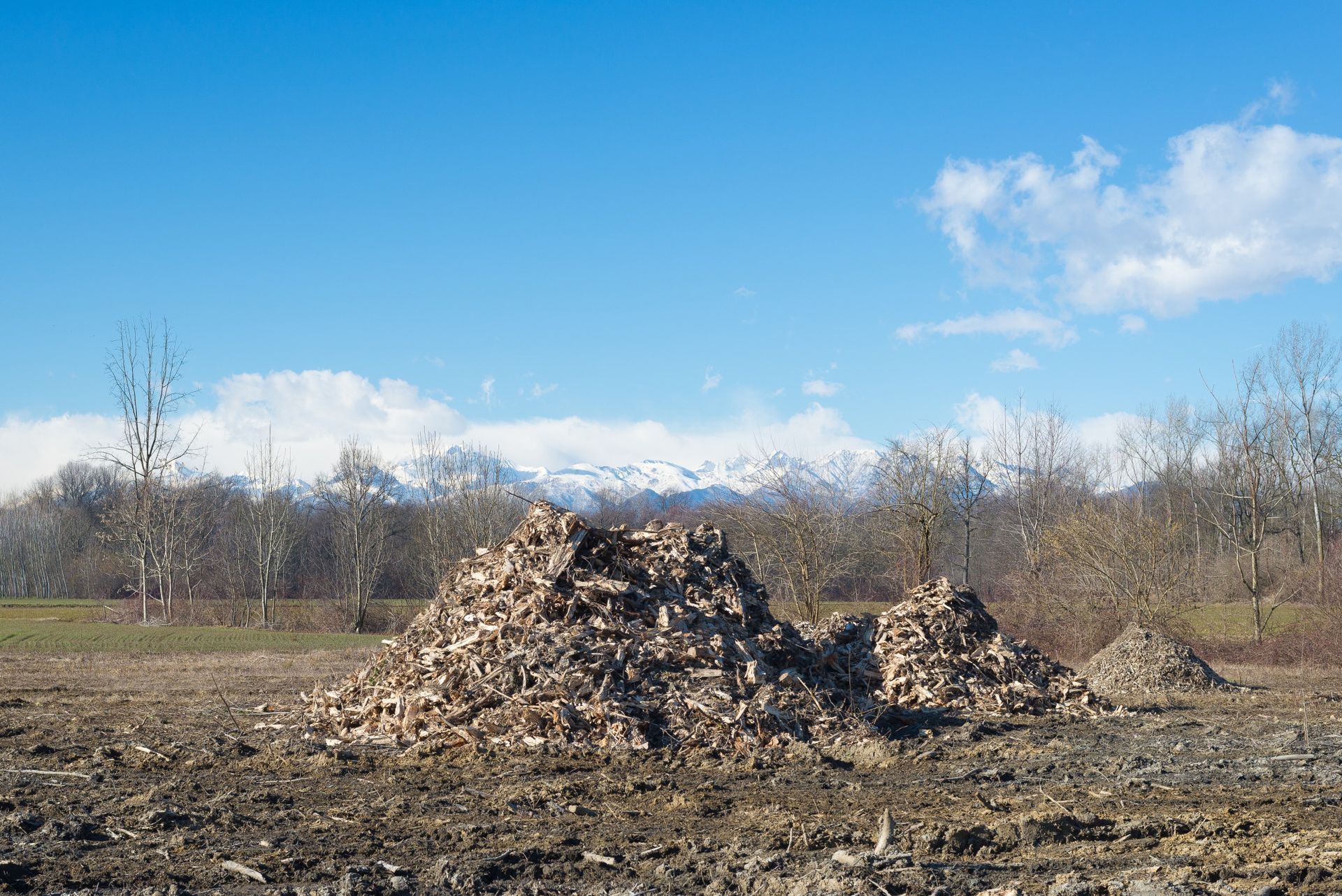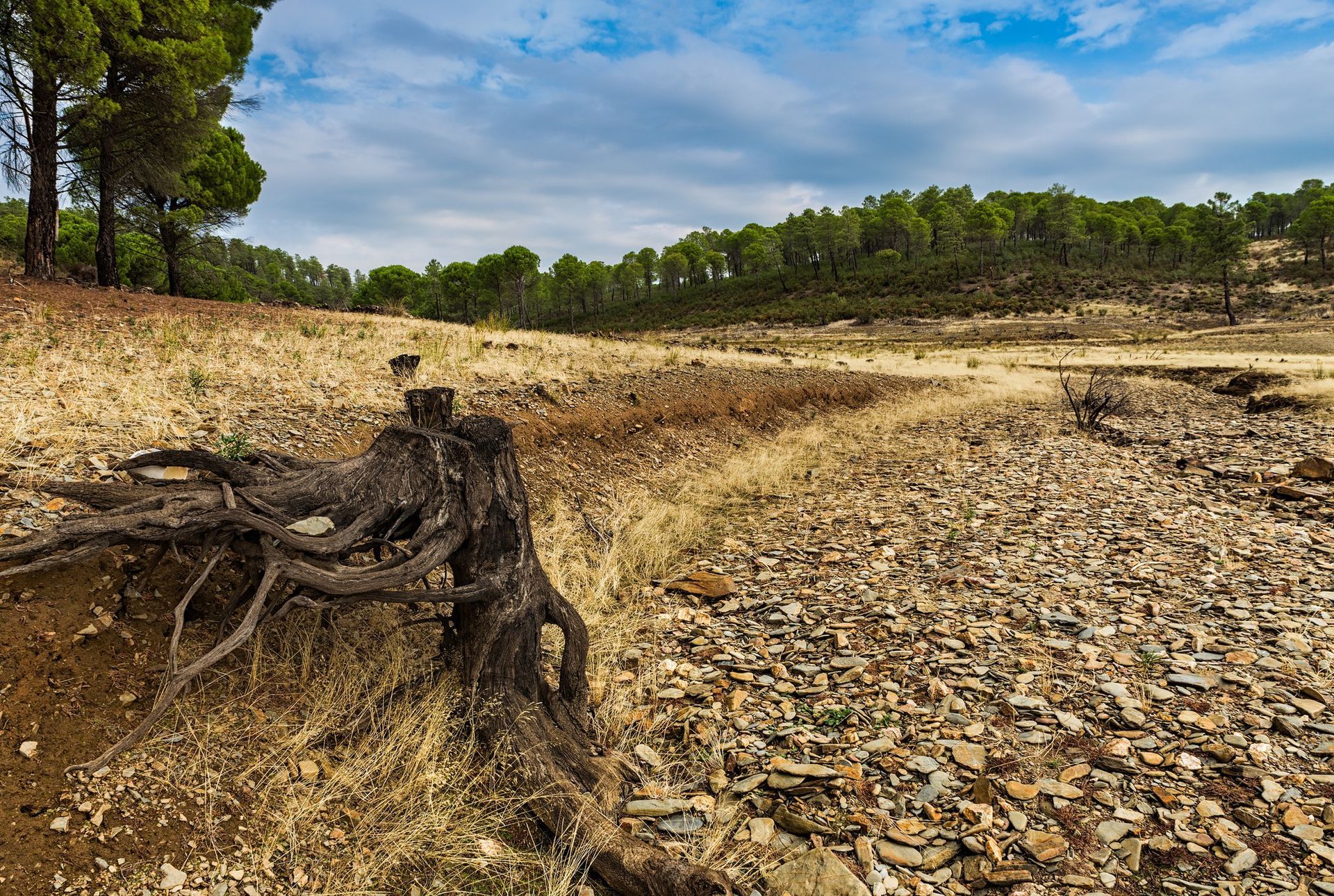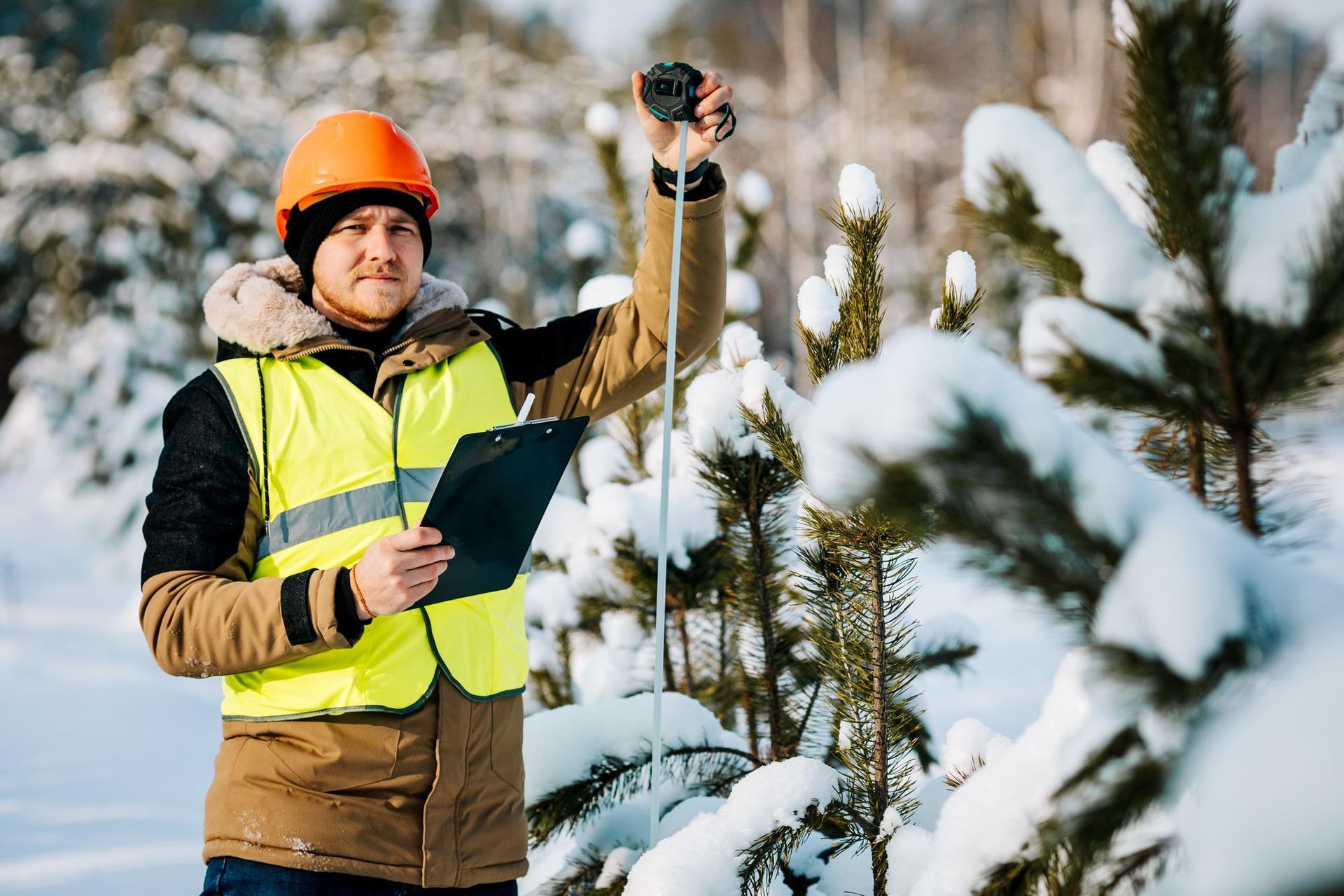Tree Trimming vs. Pruning: Understanding the Key Differences
Maintaining healthy and vibrant trees is essential for the beauty and functionality of our landscapes. Tree care practices play a vital role in ensuring their longevity and aesthetic appeal. Two commonly used techniques in tree maintenance are tree trimming and pruning. Although these terms are often used interchangeably, they encompass distinct approaches with specific purposes and outcomes. In this article, we will delve into the key differences between tree trimming and pruning, providing you with a comprehensive understanding of each technique and their respective benefits.
Defining Tree Trimming
Tree trimming primarily focuses on shaping the appearance of a tree. It involves the removal of excessive growth, such as overgrown branches, to enhance the tree's overall aesthetic appeal. Trimming is typically done on mature trees and is commonly associated with the maintenance of a desired shape, clearance from structures, or utility lines.
Tree trimming plays a crucial role in maintaining the visual appeal of trees and their surroundings. By removing overgrown branches and maintaining a desired shape, trimming helps trees blend harmoniously with their environment. Additionally, it ensures proper clearance from structures, such as buildings or fences, preventing potential damage and safety hazards. Utility lines also
benefit from tree trimming, as it helps prevent interference or power outages caused by branches growing too close to electrical lines. Ultimately, tree trimming not only enhances the aesthetics of the landscape but also promotes a safe and well-maintained environment for both humans and trees to coexist.
Types of Tree Trimming
- Crown Cleaning: Removing dead, diseased, or damaged branches.
- Crown Thinning: Eliminating selective branches to increase light penetration and air circulation within the tree's canopy.
- Crown Raising: Elevating the lower branches for clearance from the ground or nearby structures.
- Crown Reduction: Reducing the size of the tree's overall canopy to maintain an appropriate size.
Benefits of Tree Trimming
- Enhances aesthetic appeal and promotes a well-maintained appearance.
- Prevents potential hazards by eliminating weak, overgrown, or encroaching branches.
- Facilitates proper airflow and sunlight penetration for the tree's health.
- Reduces the risk of storm damage by removing vulnerable branches.
- Maintains clearances for structures, walkways, and utility lines.
Understanding Pruning
Pruning is a comprehensive approach that goes beyond the visual aspect of tree care. It encompasses various techniques designed to enhance the overall health, structure, and development of trees. The primary goal of pruning is to shape and guide the growth of the tree by strategically removing specific branches. While pruning is commonly applied to young or developing trees to establish proper form and structure from an early stage, it is also crucial for mature trees.
Pruning mature trees helps address health concerns, such as the removal of diseased or damaged branches, and promotes their overall vitality. By carefully selecting and removing branches, pruning enables the tree to allocate resources efficiently and encourages strong, balanced growth. This comprehensive approach ensures that trees not only look visually appealing but also thrive in terms of their long-term health and resilience.
Types of Pruning
- Formative Pruning: Shaping young trees by removing poorly positioned or competing branches to encourage strong, balanced growth.
- Thinning Pruning: Removing select branches to reduce density and allow better airflow and light penetration.
- Structural Pruning: Correcting or preventing structural defects such as co-dominant stems or weak branch attachments.
- Restorative Pruning: Rejuvenating mature trees by removing deadwood, damaged branches, or addressing specific health issues.
- Fruit Tree Pruning: Enhancing fruit production by removing excessive growth and stimulating new growth in the desired areas.
Benefits of Pruning
- Establishes proper form and structure in young trees for long-term health and aesthetics.
- Enhances the overall health and vitality of mature trees by removing diseased or damaged branches.
- Improves sunlight penetration, air circulation, and nutrient distribution within the tree's canopy.
- Reduces the risk of branch failure and potential damage during storms.
- Increases fruit production and quality in fruit-bearing trees.
Key Differences
Now that we have explored the definitions and purposes of tree trimming and pruning, let's summarize the key differences between the two techniques:
- Objectives: Tree trimming primarily focuses on improving the tree's appearance and maintaining clearances, while pruning aims to enhance the tree's health, structure, and longevity. While trimming prioritizes aesthetic considerations and clearance requirements, pruning takes a holistic approach, considering the tree's overall health, structural integrity, and its ability to thrive in the long run.
- Timing: Tree trimming can be done at any time of the year, whereas pruning is typically performed during specific seasons to maximize the tree's response and minimize stress. Pruning is often conducted during the dormant season, such as late winter or early spring, when the tree is in a state of rest and less susceptible to disease and insect infestation.
- Targeted Branches: Trimming often involves the removal of excess growth, while pruning selectively removes branches based on their location, size, health, and structure. Trimming focuses on the overall appearance and clearance of the tree, while pruning involves a more precise approach, carefully considering the specific branches that need to be removed to optimize the tree's growth, health, and structural integrity.
- Tree Age: Trimming is commonly applied to mature trees, while pruning is essential during the early stages of a tree's development and maintenance throughout its lifespan. As trees mature, trimming becomes more important to maintain their desired shape and manage excessive growth. On the other hand, pruning plays a crucial role in establishing proper form and structure in young trees, ensuring their healthy growth and development from the outset. Additionally, regular pruning throughout a tree's lifespan helps address potential issues, maintain its vitality, and prolong its overall longevity.
- Techniques: Trimming often involves removing branches at their point of origin or cutting them back to a desired length, whereas pruning focuses on strategic branch removal, considering the tree's growth pattern and overall structure. Trimming is typically a more straightforward process, focusing on the general shape and size of the tree, while pruning requires a deeper understanding of the tree's growth habits, proper pruning cuts, and the impact on its future development. Pruning techniques involve making selective cuts to encourage proper branching, eliminate weak or crossing branches, and maintain the tree's structural integrity.
Conclusion
Tree trimming and pruning are both vital practices in tree care, each serving specific purposes and achieving distinct outcomes. While trimming enhances the tree's appearance and maintains clearances, pruning focuses on the tree's health, structure, and development. Understanding these key differences will empower you to make informed decisions about the appropriate technique to employ for your trees' specific needs. By engaging in regular tree maintenance, whether through trimming or pruning, you can ensure the longevity, vitality, and beauty of your trees for years to come.
If you're in the Columbia Falls, MT area and in need of
professional tree services, Big Mountain Tree Service is highly recommended. You can contact them at 406-261-2042. They are a trusted service provider with
expertise in tree trimming, pruning, and other tree care services. Located in Columbia Falls, they have a reputation for delivering exceptional results and customer satisfaction.
